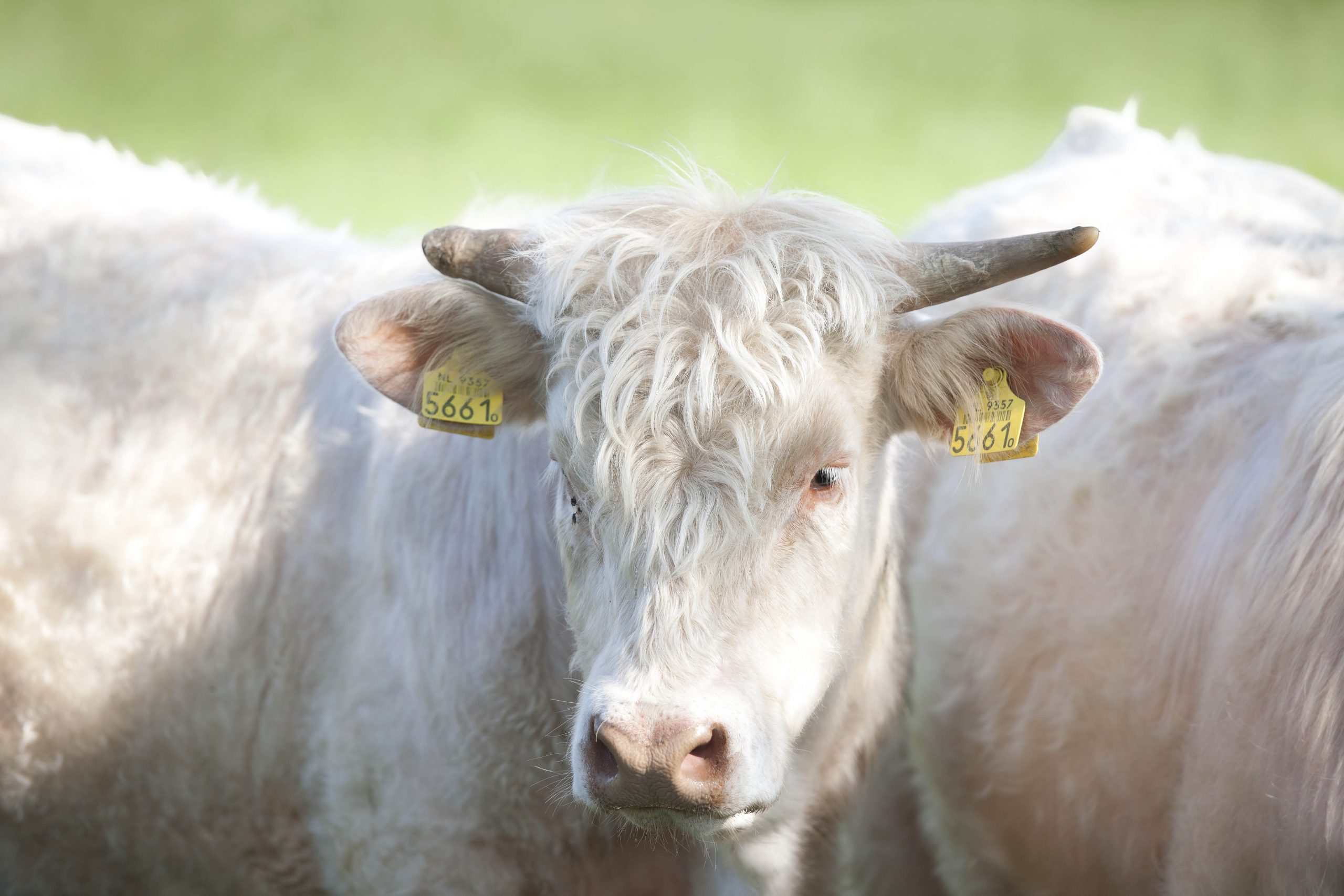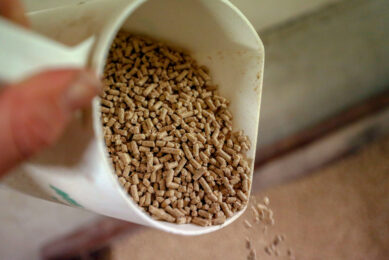Live yeast in bulls: Higher DM intake in the first weeks

Yeast is often used in animal diets. In fattening bulls, the live form of this ingredient can help bulls to better adapt to high concentrate diets, hence reducing the total number of fattening days.
Intensive beef production systems are designed to maximise animal growth and profitability, generally by providing high-concentrate diets with small amounts of forage. This can lead to digestive disorders, such as ruminal acidosis. Among additives, live or dried yeast has been widely used to prevent digestive disorders and improve feed intake and efficiency in young growing cattle. Yeasts are known to act positively on ruminal microbial activity by stabilising pH, especially in cattle with high dietary intake of non-structural carbohydrates which could alter the microbial ecosystem.
Experiment on beef farm in Italy
In line with this, Italian and French researchers further delved into the effects of dietary supplementation with a live yeast strain of Saccharomyces cerevisiae* on growth, slaughter performance, behaviour, and rumen environment parameters in a high-concentrate finishing diet fed to young Charolais bulls. The experiment took place at a beef farm in the Veneto region in the eastern part of the Po Valley (Italy). A total 171 bulls was split in 2 groups: a control group (85 bulls) and a yeast group (86 bulls). All bulls were fed the same finishing diet ad libitum as a total mixed ration (TMR) at 0900 h. The live yeast strain of Saccharomyces cerevisiae CNCM I-1077 was added to the yeast bull premix to target a daily dose of 5 g/bull.
Higher DM intake in first weeks
The results, published in Animal Feed Science and Technology, showed the following. Yeast supplementation did not affect bull body weight (BW). Overall average daily gain (ADG), as well as ADG values for the 1st and 2nd part of the fattening, were also unaffected by yeast supplementation. The yeast bulls tended to complete their fattening 10 days earlier than the control bulls, but had a greater dry matter (DM) intake, particularly in the first weeks of fattening. There were no significant diet x week effects for DM intake. Feed conversion ratio was similar between diets. These results indicate that the effect of yeast on DM intake was particularly relevant in the first weeks of fattening, possibly as a sign of better adaptation by bulls to the high-energy concentration of the finishing diet. Carcass weights and dressing did not differ between treatments, but the likelihood of producing a carcass graded as excellent by conformation score was 2.15 times higher for yeast than control bulls.
Increased in acetate and butyrate concentrations
Observation of bull behaviour assessed during the 8 hours after TMR delivery at the end of the 2nd and 4th month of fattening showed a similar eating and ruminating pattern between treatments. However, yeast provision prevented from the drop in rumination rate (min/kg DM) recorded in control bulls from the 2nd to the 4th month of fattening. Physical and chemical analysis of TMR samples collected from the mangers at determined intervals after TMR delivery indicated that bulls of both treatments preferentially selected towards long fibrous particles. Rumen pH, lactic acid and total volatile fatty acid concentrations in samples collected before TMR feeding after the 3rd month of fattening were not affected by treatment but yeast increased acetate and butyrate concentrations as well as acetate:propionate ratio. Post mortem inspection of rumen wall showed that the occurrence of rumen papillae hyperkeratinisation was lower for yeast than control bulls.
Conclusion
Supplementing a high-concentrate Charolais bull finishing diet with a live yeast had no effect on BW, ADG, or FCR. Yeast supplementation increased DM intake, particularly in the first weeks of fattening, possibly as a sign of better transition to the high-energy diet fed during the fattening period. The greater energy intake of yeast bulls tended to reduce the number of fattening days required to reach optimal finishing status. The yeast bull carcass weights and dressing were similar to those of control bulls, but yeast provision increased the percentage of excellent graded carcasses for conformation. Although, bull growth was not improved in this particular study, the ADG values in this study were satisfactory compared to the reference ADG value (1.40 kg) reported for Charolais bulls in a recent survey on a large number of beef farms located in the same geographical area .
*Levucell®SC 2ME Titan; Lallemand SAS, Blagnac, France











